Causes of Disabilities
by nancy morris


1. Genetics
1.1. Chromosomal abnormalities
1.2. Mutation of genes
1.3. Hereditary traits or condition
2. Biological Causes/Influences
2.1. Differences in formation and function of parts of the brain
2.1.1. Excess or Deficiency in neurotransmitters in brain
2.2. Parts of the brain may not communicate effectively or work as efficiently/correctly
2.3. Different medical conditions/disorders have associated learning difficulties with it
2.4. Prenatal conditions
2.4.1. Exposure to toxins, nutrition of mother, exposure to drugs
2.5. Child may not meet milestones during early development - if no prevention and intervention is performed child will continue to fall behind and miss out on skill development
2.6. Trauma or medical event occurring during delivery or right after
3. Environmental Risk Factors - the Interplay
3.1. Level of access and exposure to education and early language
3.2. Resiliency and Protective Factors
3.3. Child's exposure to trauma or adverse experiences,
3.4. Home environment - parental education, discipline, structure/safe environment; experience divorce or death
3.5. Resiliency➔Patterns of desirable adaptation in situations where adversity has threatened normal development (Masten, 1999) ➔Students who have “beat the odds” or “bounced back” ➔Socially and contextually influenced process
4. Notes regarding specific disabilities and the brain
4.1. children with dyslexia while reading the visual processing part of their brain lights up. while students without dyslexia their sound processing part of their brain lights up
4.2. Parietal Lobe- connection to autism.
4.2.1. sensory processing, touch, taste, smell, temp.
